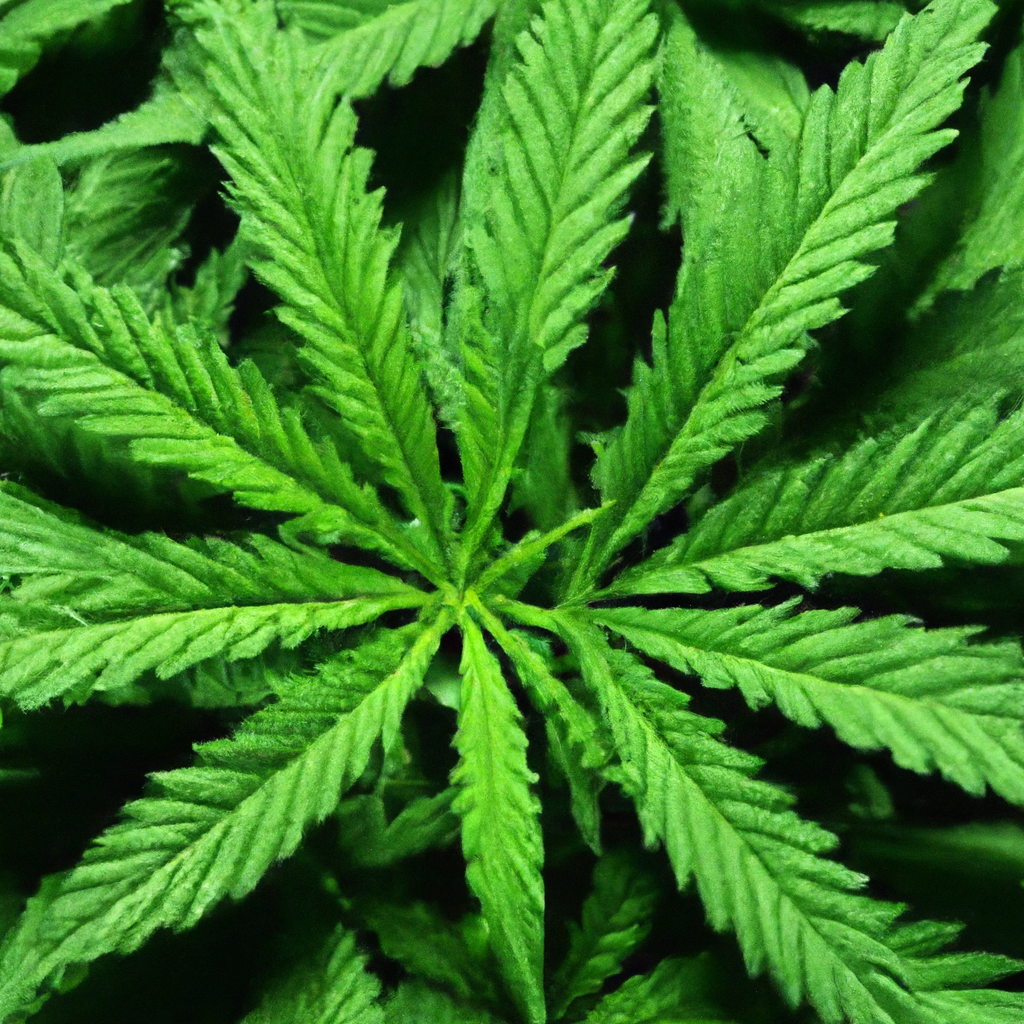Your cart is currently empty!
Cannabis, a versatile and historic plant, is witnessing a renaissance in various industries, from wellness to environmental sustainability. One of the most intriguing applications of cannabis is its role in the production of eco-friendly textiles. This article explores how cannabis is transforming sustainable fabric production, offering a green alternative to traditional materials.
Understanding Hemp: The Eco-Friendly Textile
Hemp, a variety of the Cannabis sativa plant, is renowned for its industrial applications, especially in the textile industry. Its high yield and low environmental impact make it an attractive option for sustainable fabric production. Here’s why hemp is considered an eco-friendly textile:
- Fast Growth: Hemp grows quickly and can be harvested in just 100-120 days, making it a highly renewable resource.
- Low Water Requirement: Compared to cotton, hemp requires significantly less water, reducing the strain on local water supplies.
- Pesticide-Free Cultivation: Hemp is naturally resistant to pests, eliminating the need for harmful pesticides.
Hemp vs. Cotton: A Comparative Analysis
Understanding the advantages of hemp over traditional cotton can provide more insights into its potential to revolutionize the textile industry.
| Factor | Hemp | Cotton |
|---|---|---|
| Water Usage | Minimal | High |
| Pesticide Use | Pesticide-Free | Heavy Use |
| Yield Per Acre | High | Moderate |
Eco-Friendly Fabric Production Process
Hemp fibers undergo a unique processing technique to turn them into usable textile material. This process involves several environmentally friendly steps:
- Retting: This natural process involves the microbial or chemical breakdown of pectin to separate the hemp fibers, often using dew or water retting, which utilizes rainwater or sustainable water sources.
- Decortication: Here, the hemp stalks are separated into outer fibers and inner core, using minimal machinery.
- Spinning and Weaving: The separated fibers are then spun into yarn and woven into fabric using energy-efficient techniques.
Future Implications and Innovations
As the demand for sustainable solutions grows, the use of hemp in textiles continues to advance. Innovations in the processing and weaving of hemp fibers are underway to enhance fabric quality and versatility. Additionally, collaborations between fashion brands and hemp producers are paving the way for broader consumer acceptance and awareness.
With its low environmental impact and high potential yield, hemp is poised to be a staple in future textile production, contributing significantly to the reduction of the industry’s carbon footprint.
Conclusion: A Sustainable Fabric Revolution
The integration of hemp into the textile industry signifies a major step towards a more sustainable future. By embracing hemp, manufacturers can help mitigate environmental impact, innovate responsible practices, and offer consumers a greener choice in their daily lives. As cannabis continues its evolution beyond its traditional uses, its role in sustainable textiles remains a key development area worth watching.
With these insights, it’s clear that hemp is not just a material of the past, but a vital component in the fabric of a sustainable future.
Discover more from Magic Clones
Subscribe to get the latest posts sent to your email.


Leave a Reply